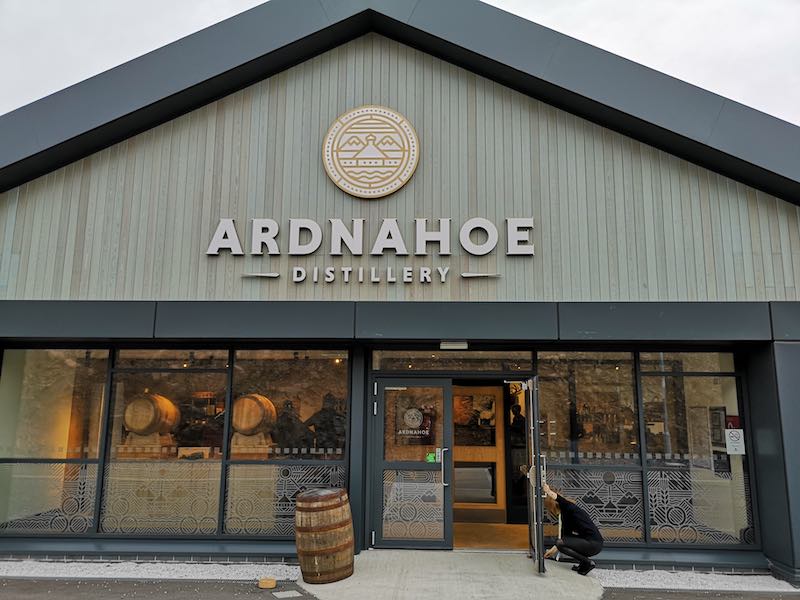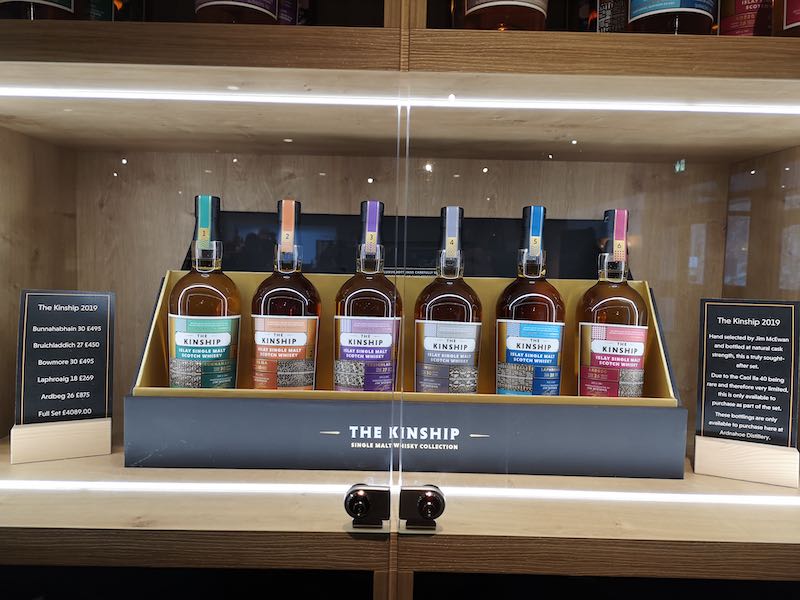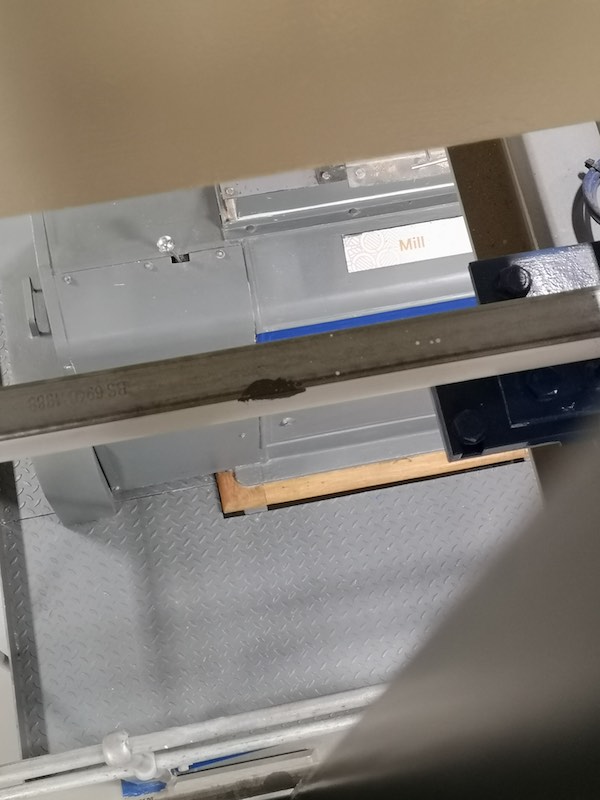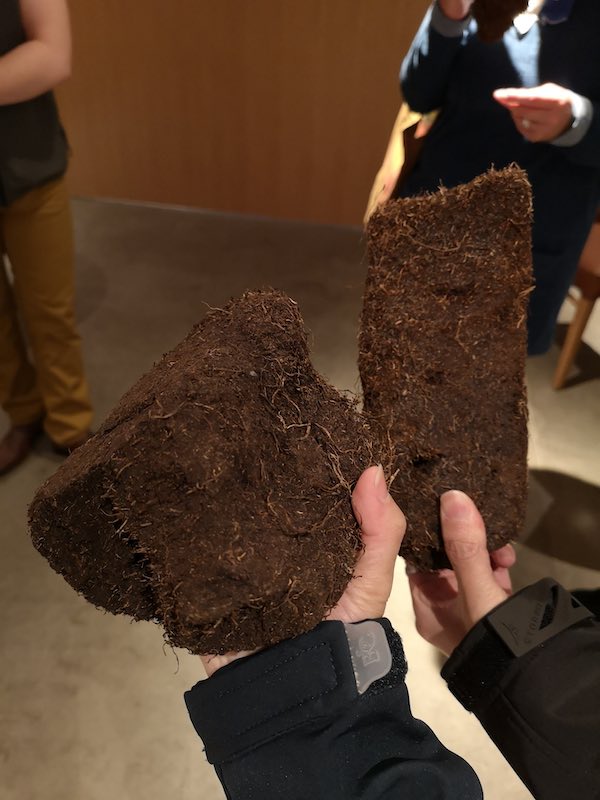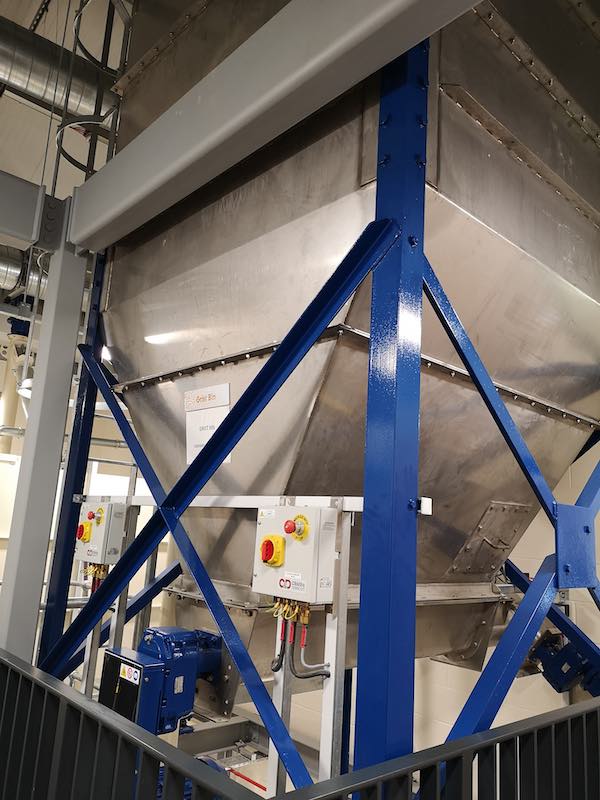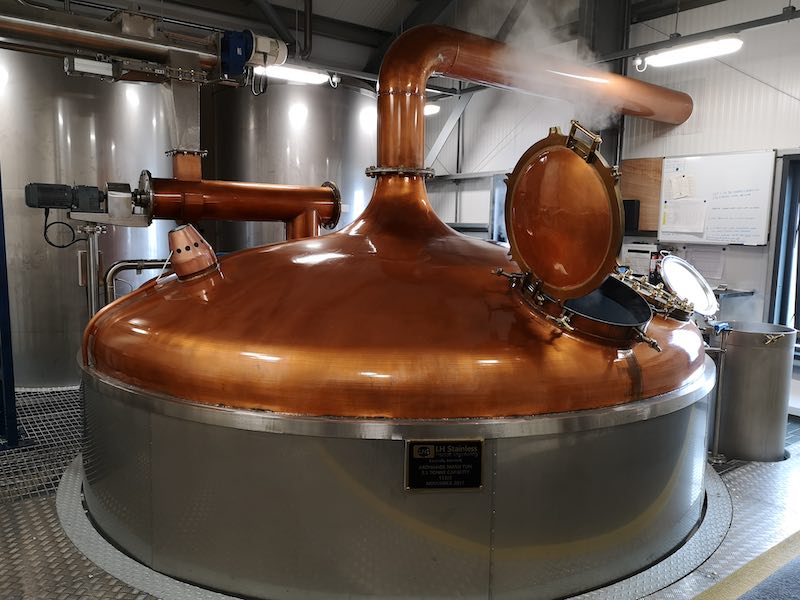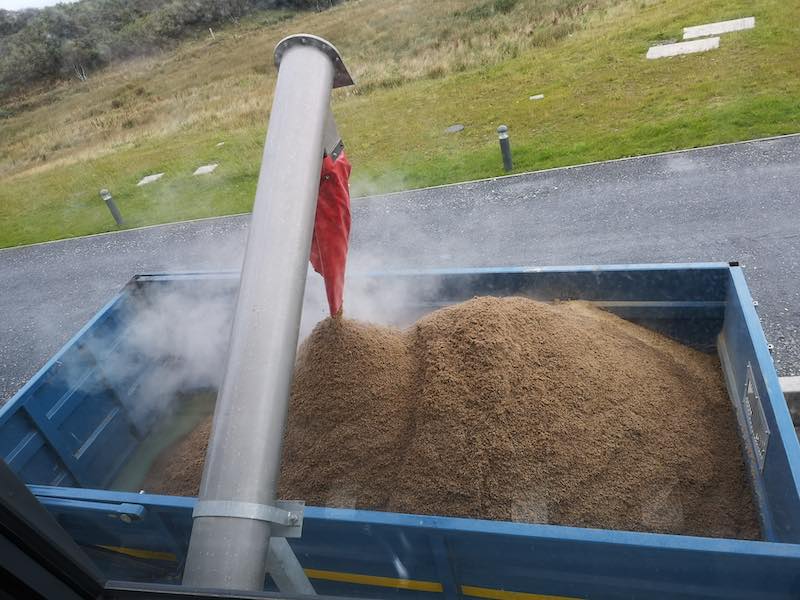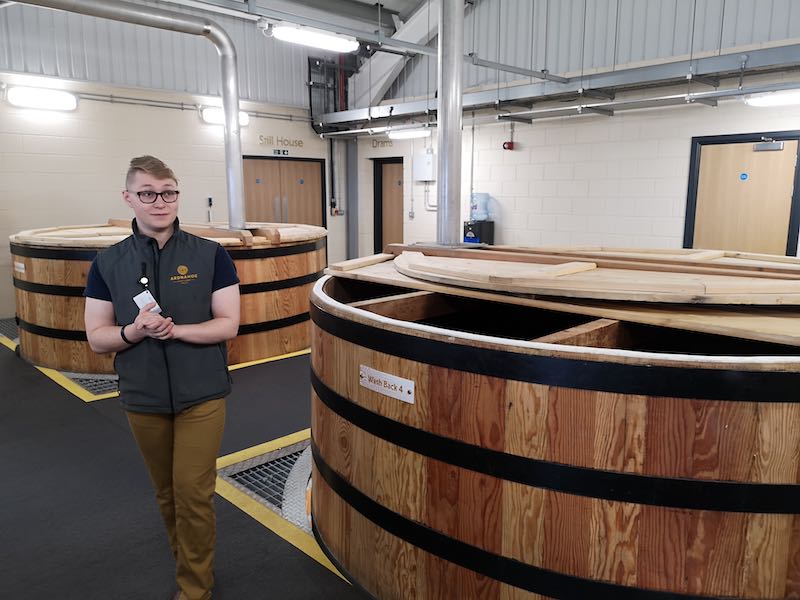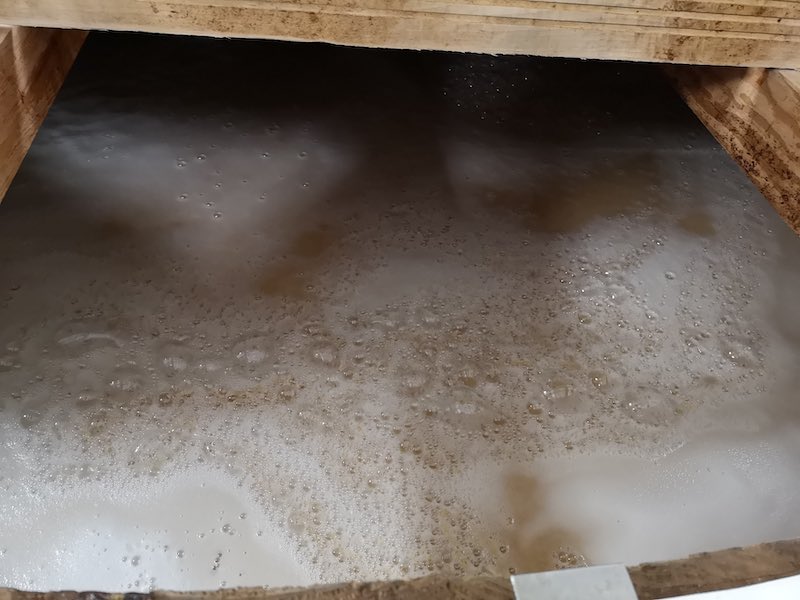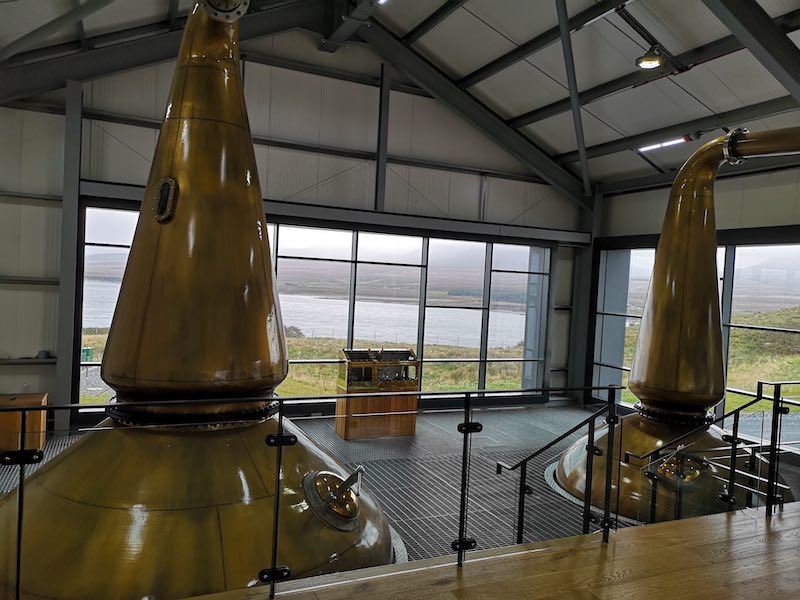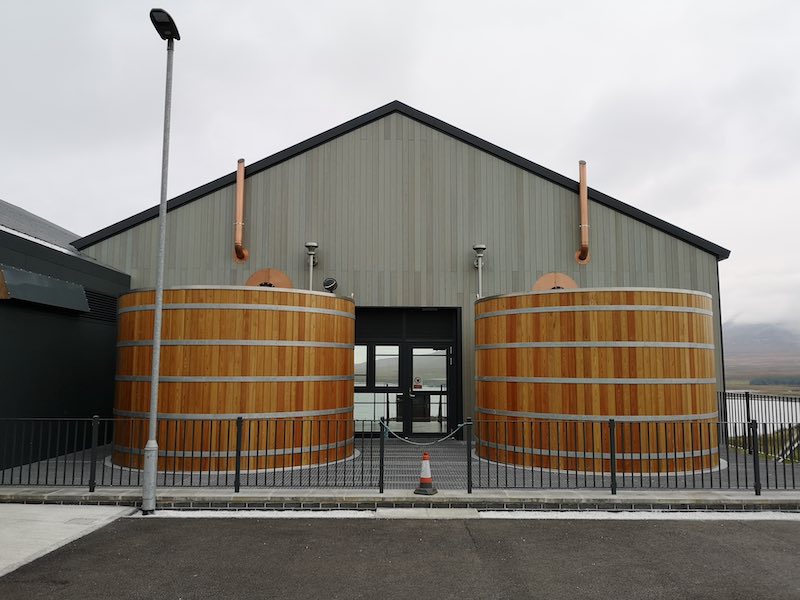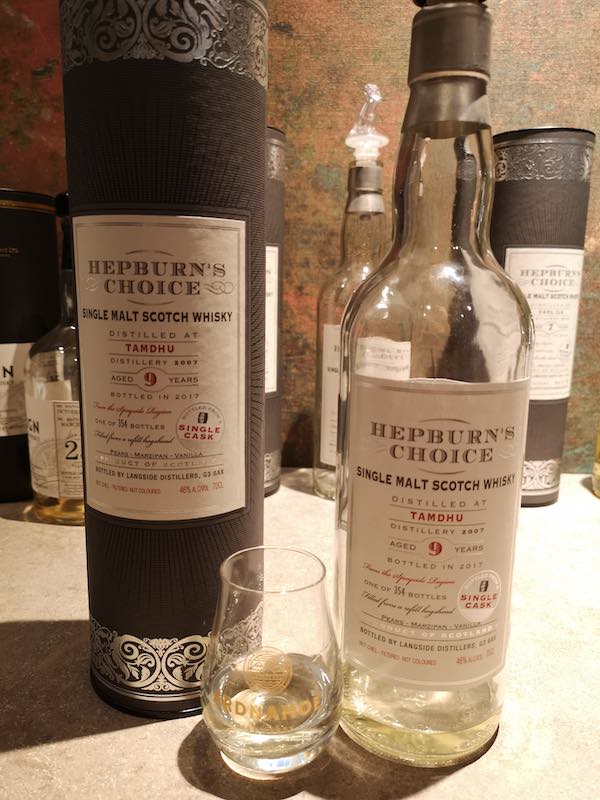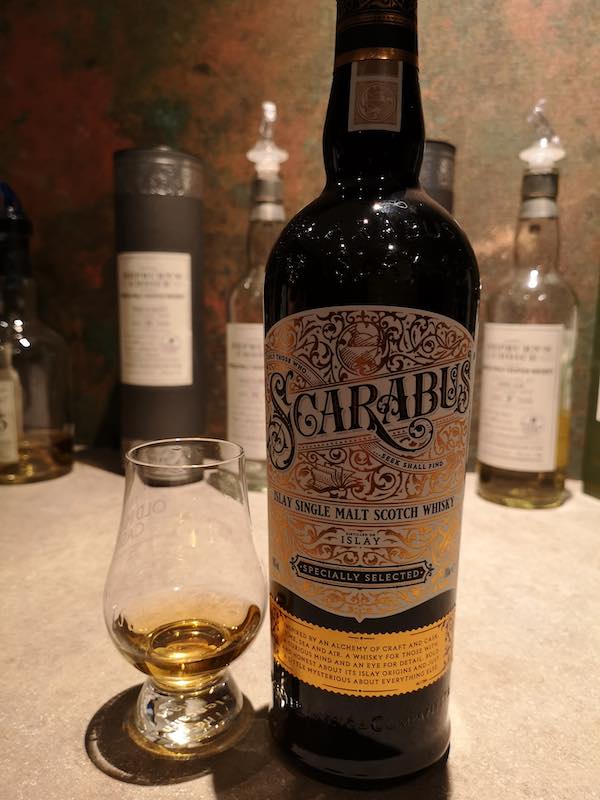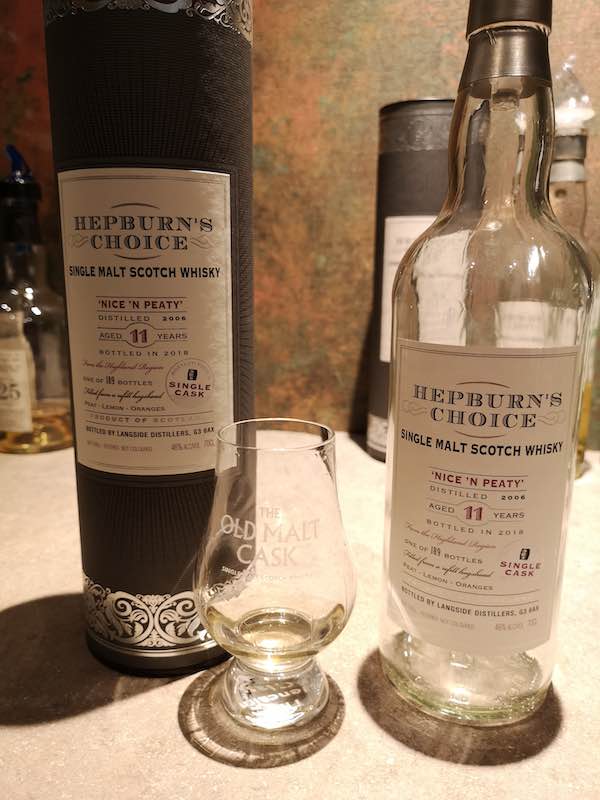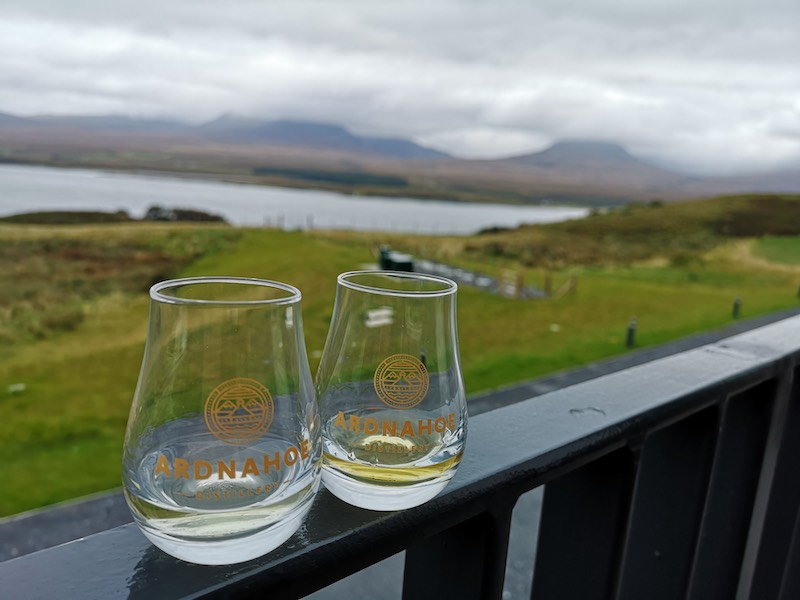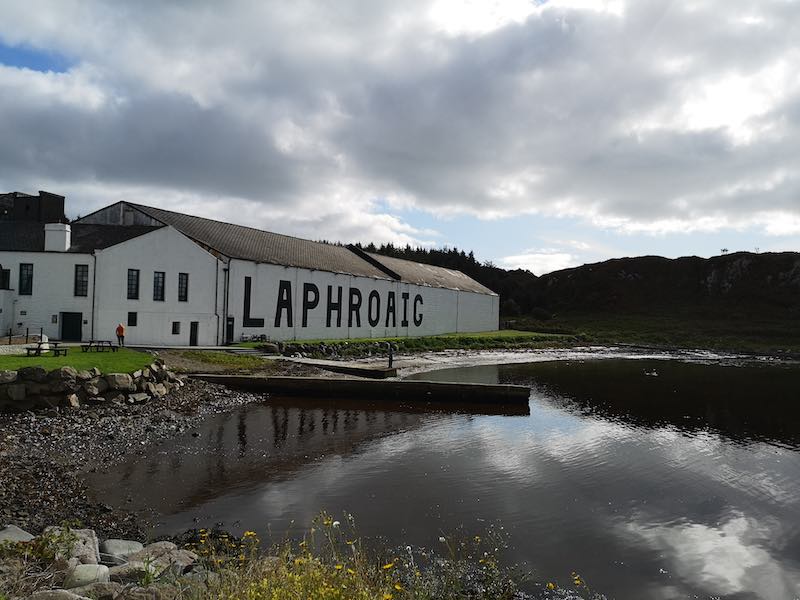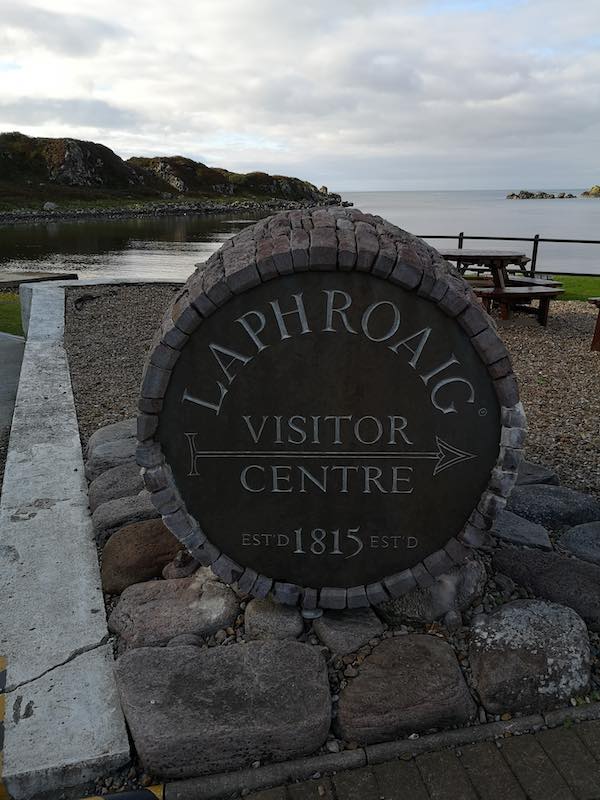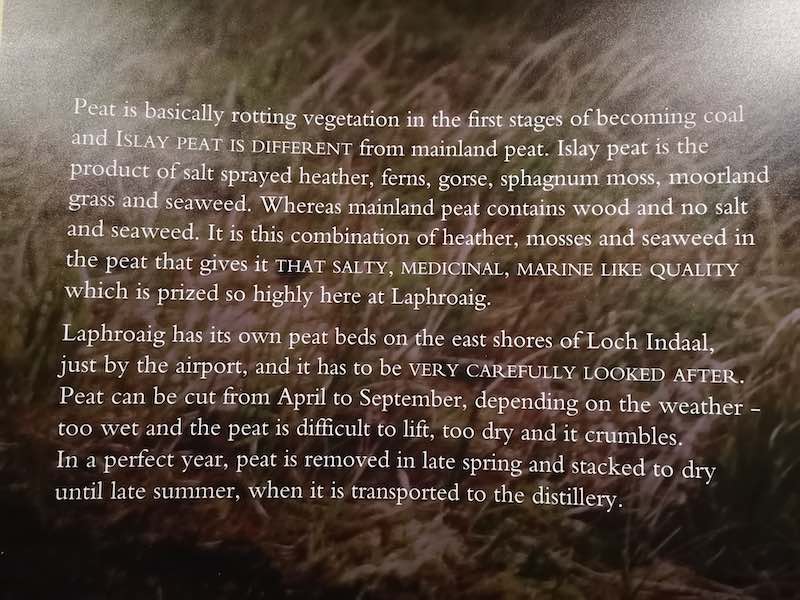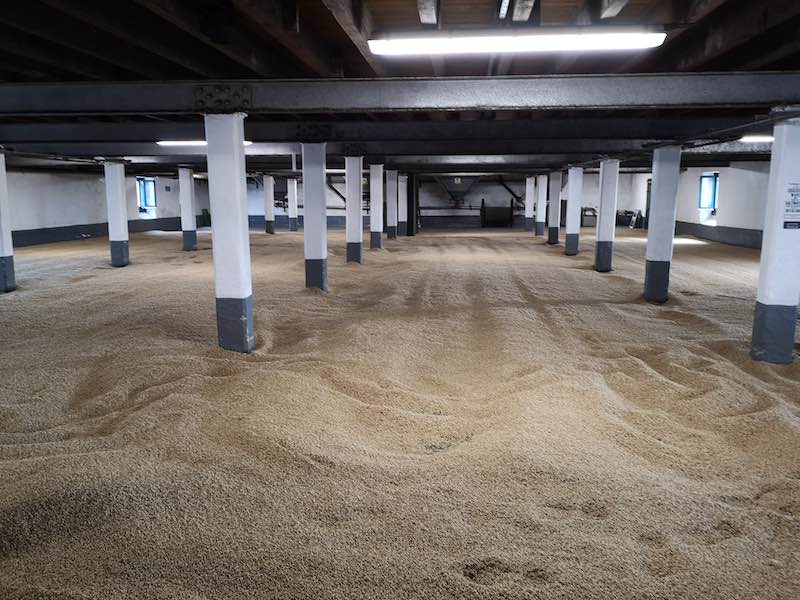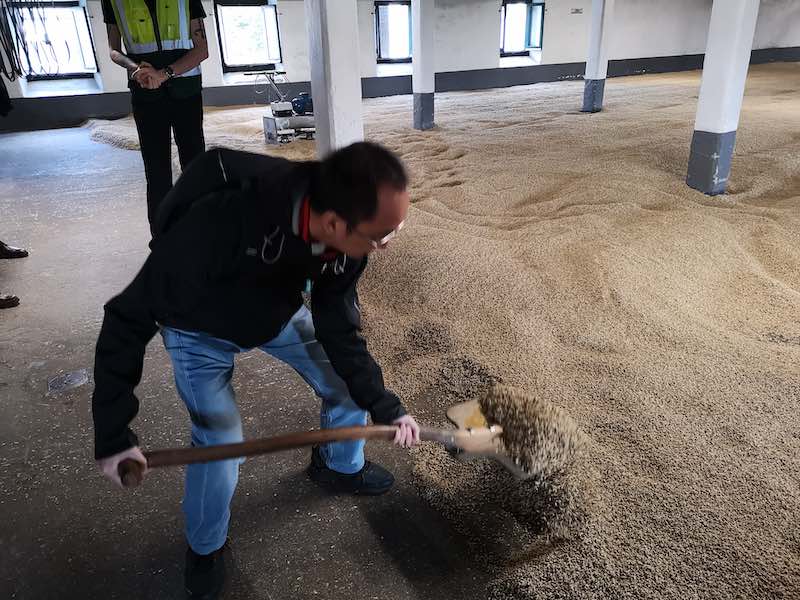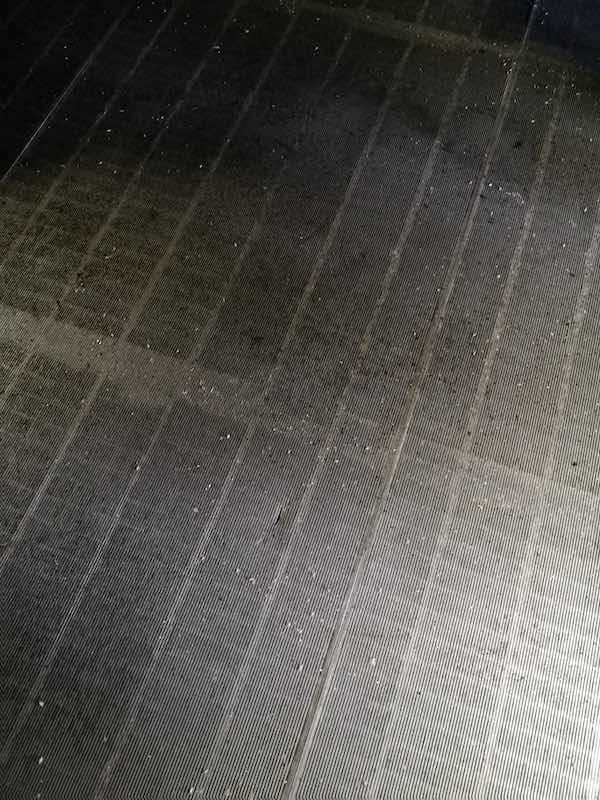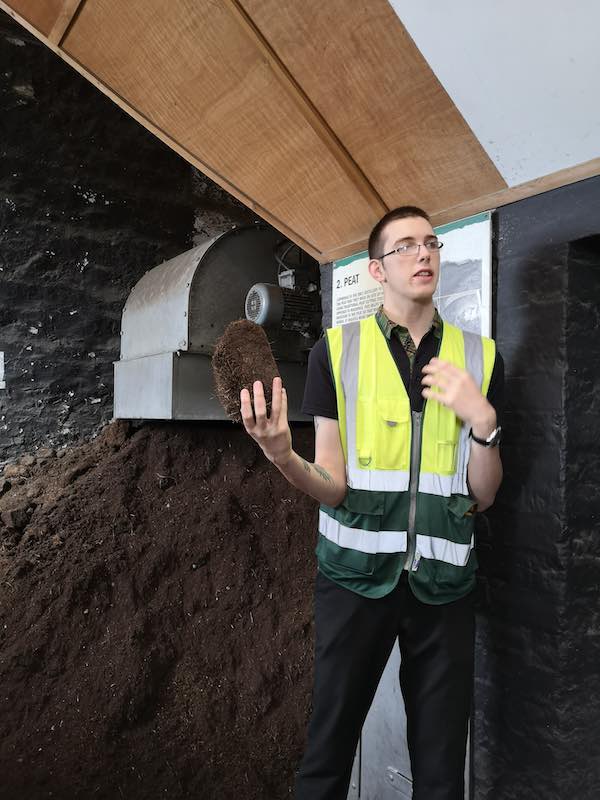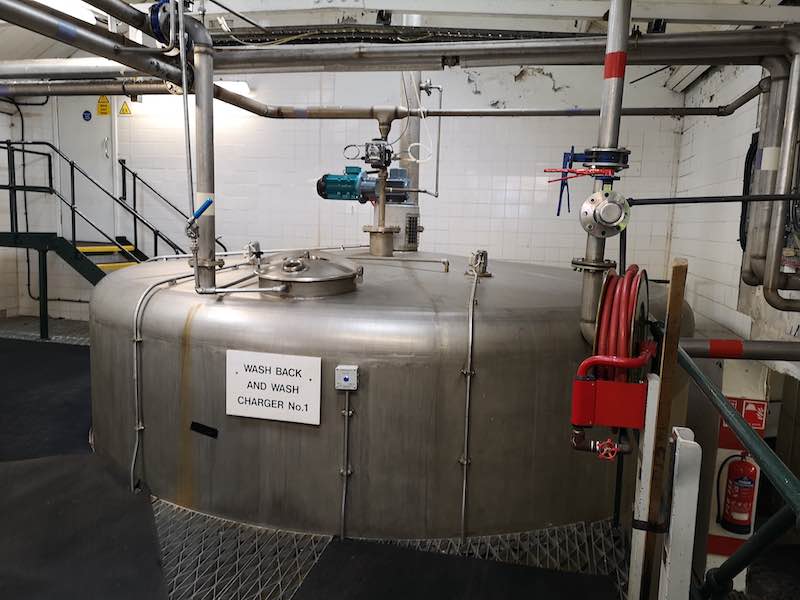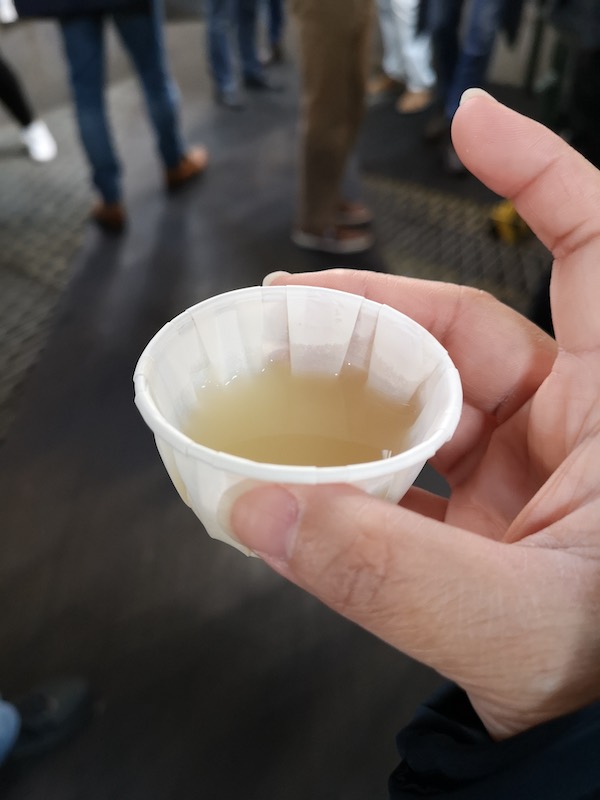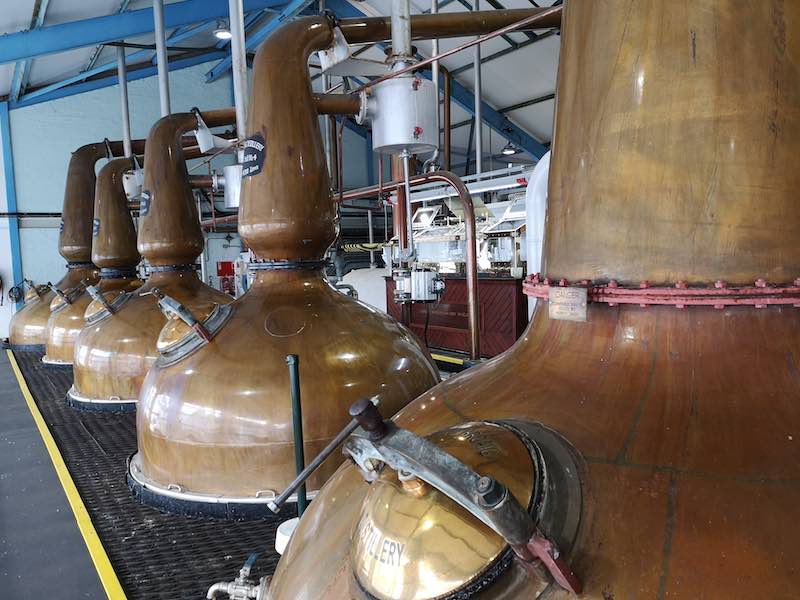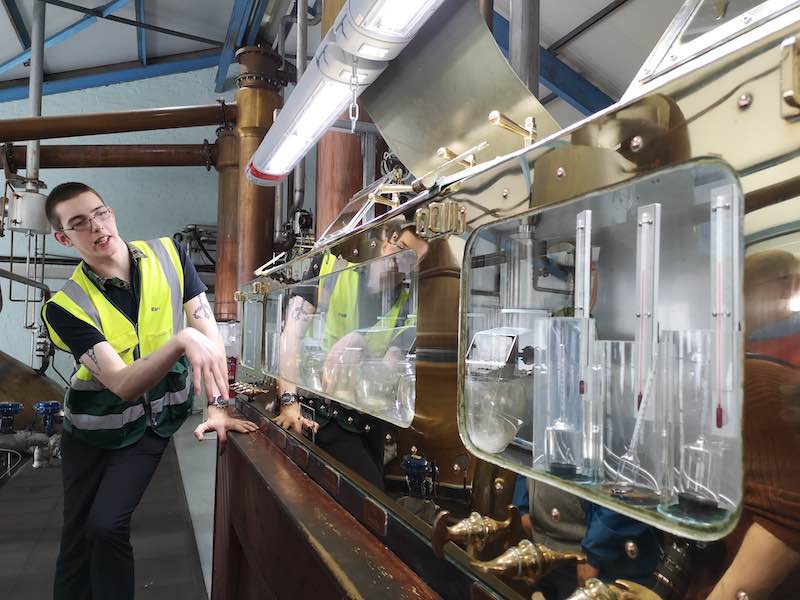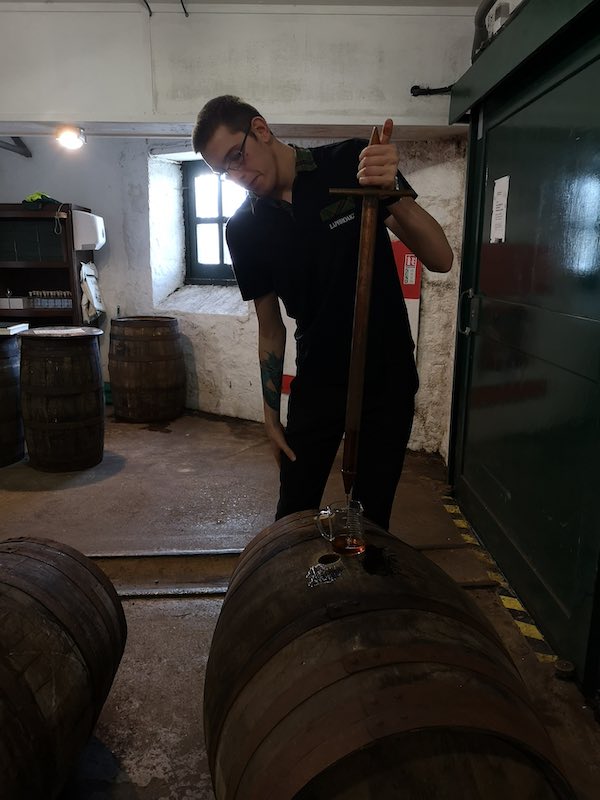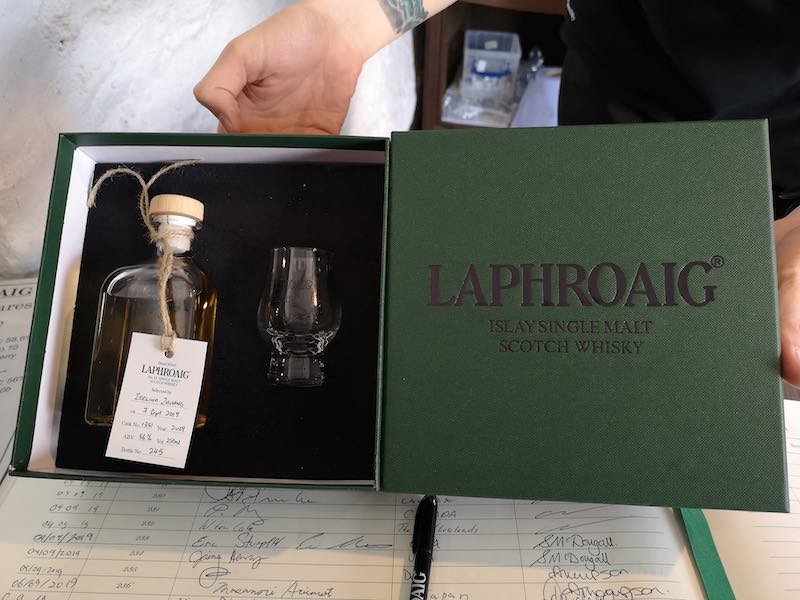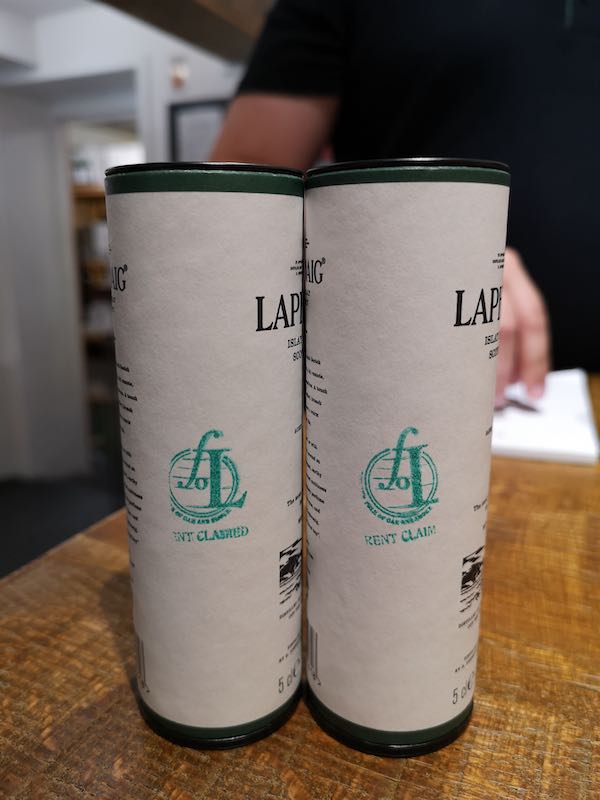Caol Ila Distillery – The Contributor of JW Blends
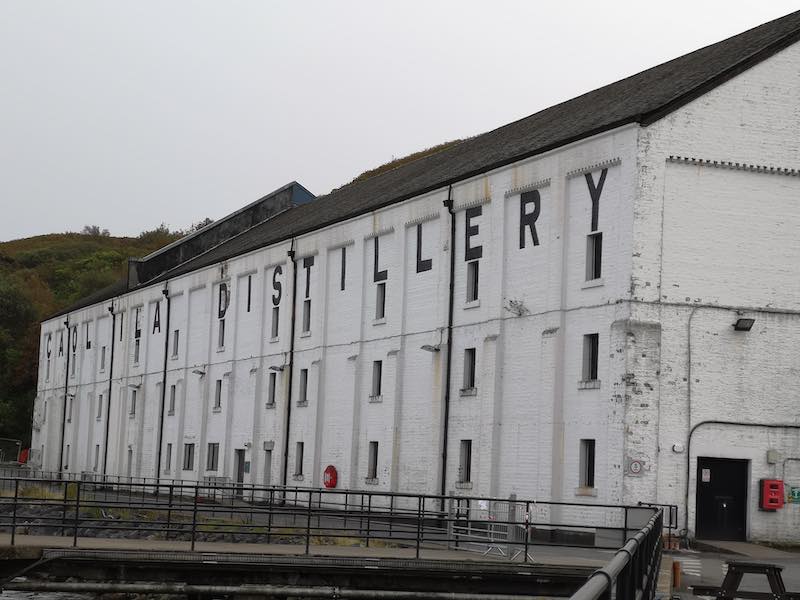
Caol Ila Distillery
Our visit to Caol Ila Distillery was the beginning of the end of our Islay trip. It was unfortunate that the distillery was undergoing renovations when we were there. It resulted in our tour getting cut, but the compensation we got was more of their gold nectar!
The Caol Ila Visitor Centre
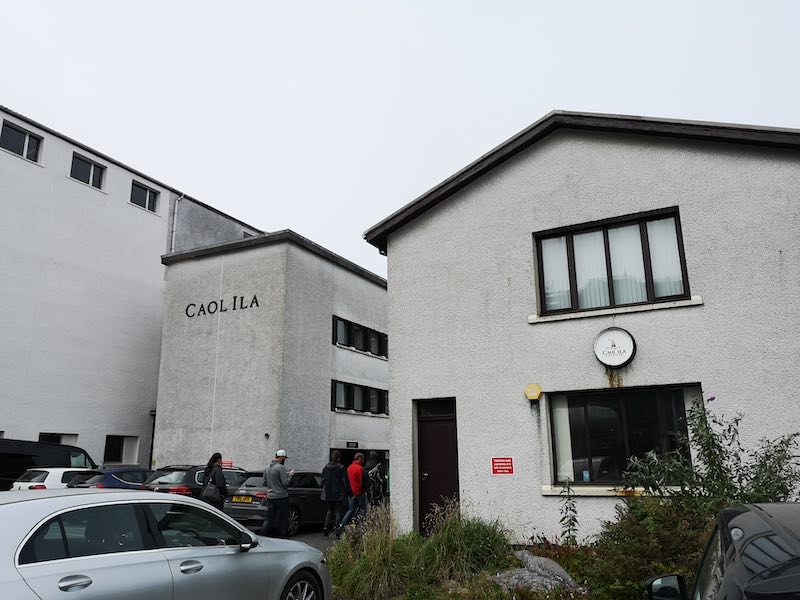
Walking to the Visitor Centre
Due to the renovations, our vehicle was not allowed to go right up to the gate, so we parked far away and walked up to the distillery. The safety measures put up at the distillery were impressive, so we felt safe during our time there, even with all the construction works all around.
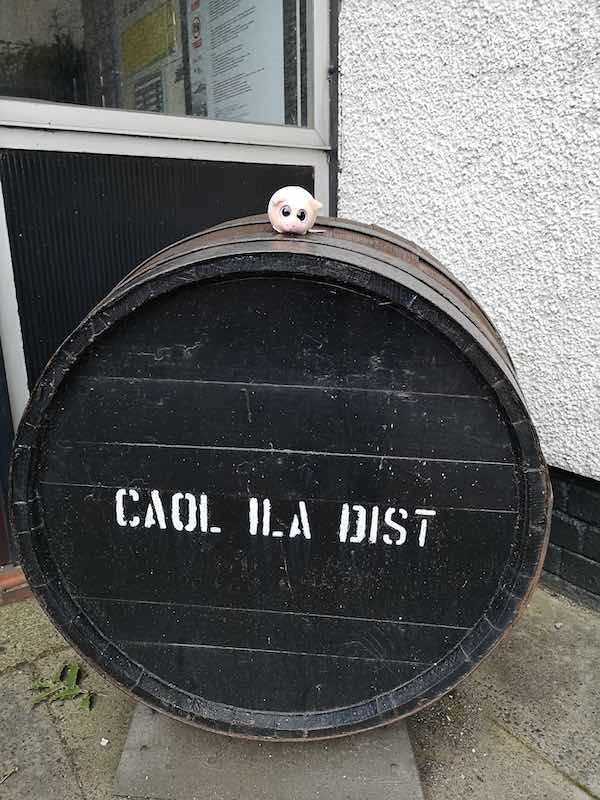
Curly the Pig reporting in
When we reached the visitor centre, the cask greeted us in a quiet corner. The cask served an important role though – it was the meeting point for all Caol Ila tours! Upon entering the little shop, we were quite shocked at the number of people squeezed into the tiny space. A group of Caol Ila fans turned up at the distillery without a prior tour booking, and they were unhappy that the team at the shop turned them away! There was a little commotion, but it was sorted out after one of the team checked the tour for the day after and managed to squeeze them in.
The Tour Proper
Our tour guide came to meet our group shortly after the commotion. She explained that as the renovation was on-going, we would not be able to visit the whole distillery but only the Still House, which was still untouched by the construction. We were quite disappointed, but there wasn’t anything we could do about it.
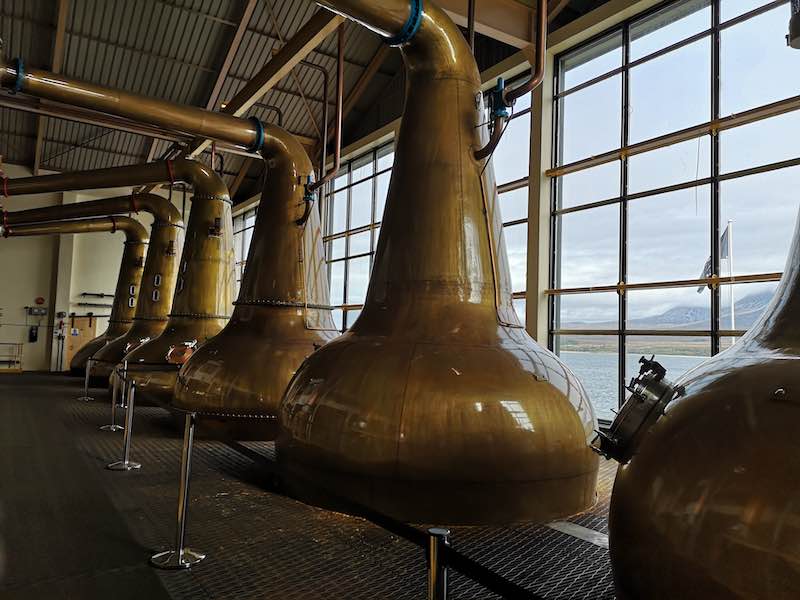
The Caol Ila Stills
Inside the Still House, our guide shared all the details of the production at Caol Ila Distillery with our group. We visited on a Sunday, and the stills were not running because the distillery only works Monday to Friday! It was surprising as most of the other distilleries work seven days a week, 365 days a year. Our group joked that it must be a good thing to be a production crew at Caol Ila! You get the weekend off!
The Caol Ila Way
Caol Ila smokes their barley to around 50ppm, and it should get a very smokey whisky like Ardbeg. However, their stills with the long lyne arms created a lot of reflux, and the result is a much softer smoke.
The wash still at Caol Ila has a capacity of 58 thousand litres, but they only charged 19 thousand litres of wash in each distillation cycle. The aim is to create high refluxes within the still and increase the purity of the distillate.
The distillery takes a cut of the heart between 75% to 65% abv of the distillate. Our guide shared that the process takes an average of 2.5 hours during a normal distillation cycle. The head is around 85%% abv while the tail is below 65% abv. The head and tail go back to the distillation cycle in the next charge, similar to most other distilleries.
The team then dilutes the new make to 63.5% abv (industry standards) before putting them into their respective casks for maturation. An interesting point to note is that Caol Ila does not mature their whisky on-site, but send them to mainland Scotland to mature in a separate warehouse.
Casks of Caol Ila
Noticing that some unfinished casks were sitting around the distillery, one of us asked our guide if those casks were no longer in use. She said that while those that we saw were indeed staves that they discarded, Caol Ila builds their own casks. How they do it is to import bourbon staves from the United States of America, and their talented team build the casks up on their own, complete with their specification. Most of the casks are hogshead.
Where does Caol Ila whisky go to?
Our article title already suggested that Caol Ila is the main contributor for Johnnie Walker blends. Still, you may be shocked to discover that up to 85% of all Caol Ila whisky goes to Johnnie Walker! Before the boom of Caol Ila single malts, up to 95% of the whisky goes to the blends. Diageo reduced it to 85% in 2011.
The Tasting Room
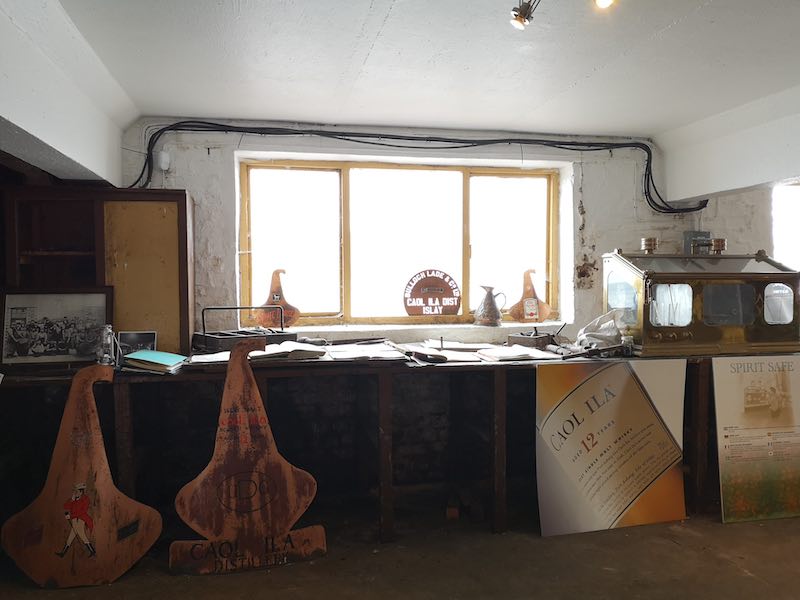
The Tasting Room
After the short but information session in the Still House, our group went to the Tasting Room, a large, upper room hidden by a wooden door! It overlooks the Sound of Islay and right opposite us, the Paps of Jura! Now you might remember that the Still Room in Ardnahoe overlooks the Paps as well, but we weren’t lucky during our trip to Ardnahoe to view them. However, we were lucky this time!
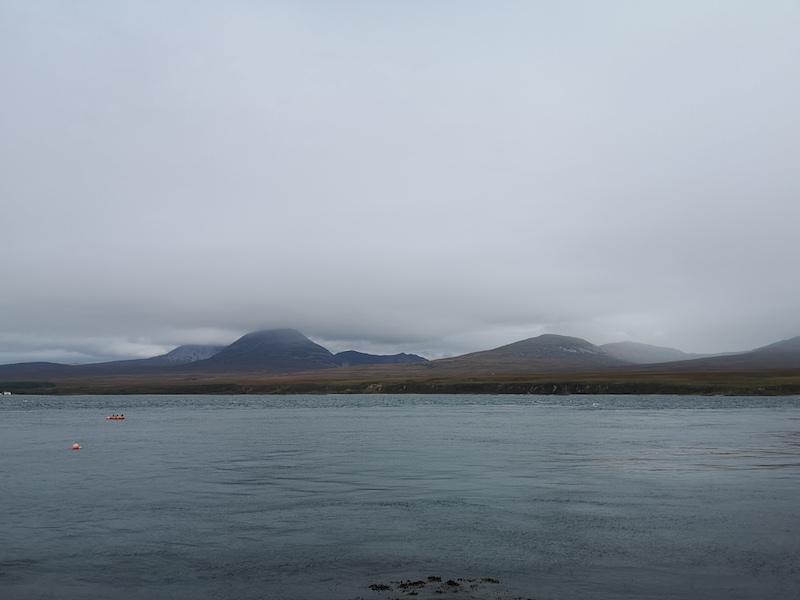
The magnificent Paps of Jura
Ta-da! This was the view right outside the window of the tasting room. Even though the clouds were still low, we could see the two peaks of the Paps, which were magnificent. Of course, our photograph couldn’t do justice to the beauty that we witnessed on Islay.
What was on offer?
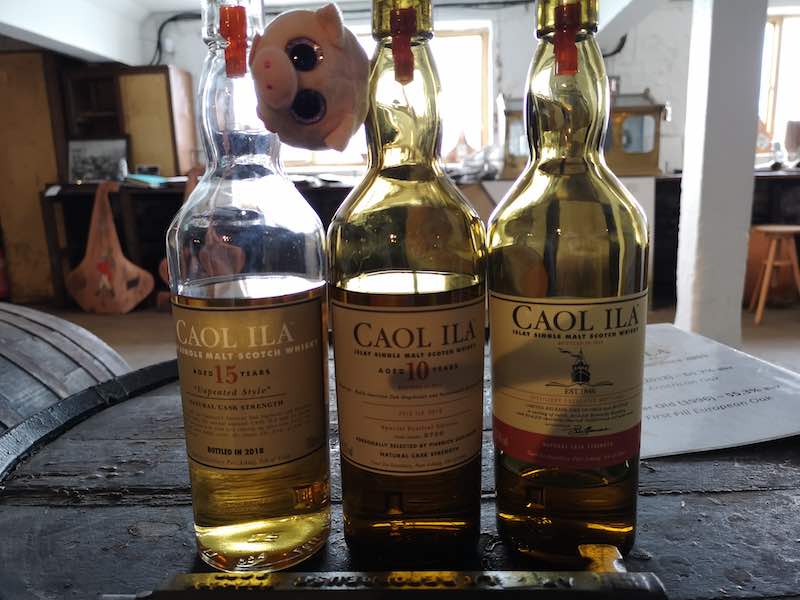
Caol Ila 15 YO Unpeated, Caol Ila 10, Distillery Exclusive
Our guide invited us to take our places at a large table where our drams awaited. First, we gave us each a branded Glencairn glass; then she began introducing the whiskies. The distillery upgraded our tour basically, to include two drams direct from the cask as a form of apology for the renovations. You should hear the mumble of appreciation all around the table!
The list of whisky was as followed:
- 15 Years Old, Unpeated, Cask Strength
- 10 Years Old, Cask Strength, Feis Ile 2018
- NAS, Cask Strength, Distillery Exclusive
- 1996, 23 Years Old, 55.3% abv, Straight from the cask
- 2012, 7 Years Old, 60.7% abv, Straight from the cask
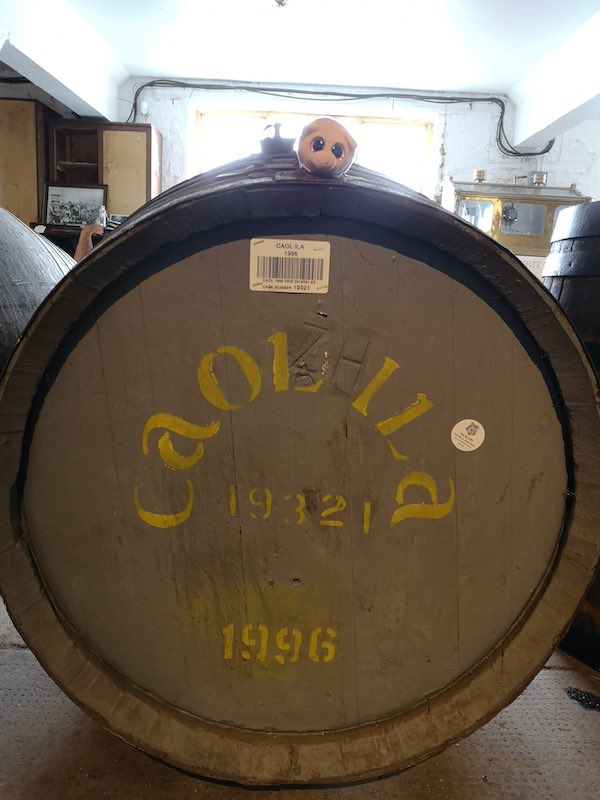
1996 Caol Ila Cask
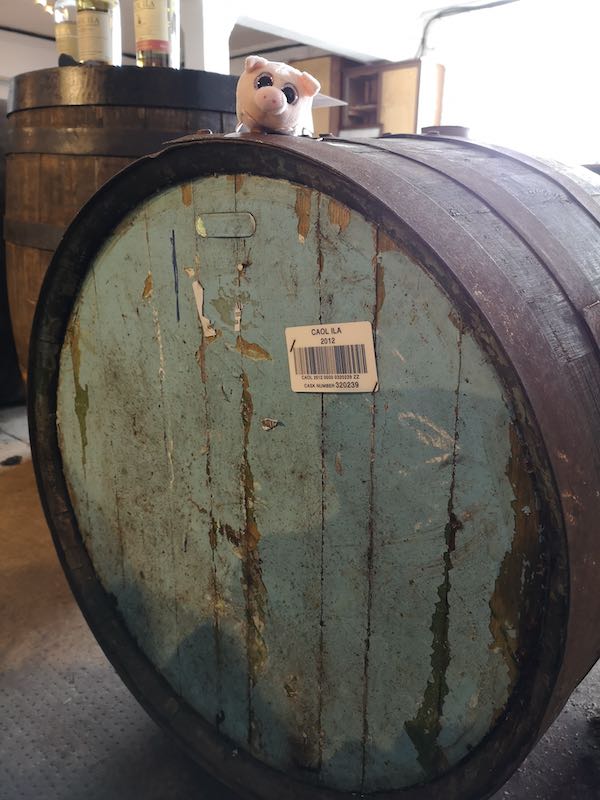
2012 Caol Ila Cask,
It was a treat like no other! We enjoyed the large pours from our guide, chit-chat about whisky in general, and made new friends from the Netherlands! We also met the couple whom we saw at Ardnahoe, which was really a pleasant surprise! After all the drams, our guide also encouraged us to walk around the room, looking at some of the artefacts that the distillery collected over the years.
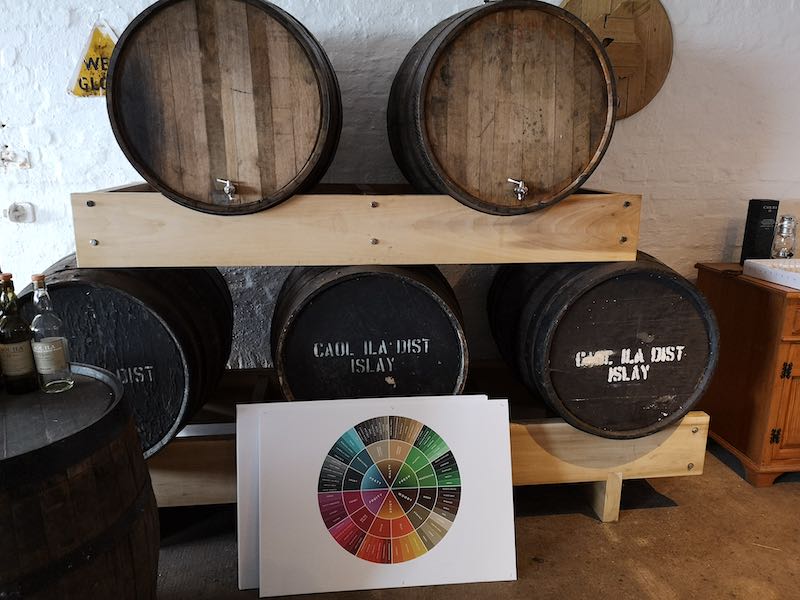
Used Barrels and a Colour Chart
We noticed some interesting old bottles of Caol Ila lying around too. Check them out!
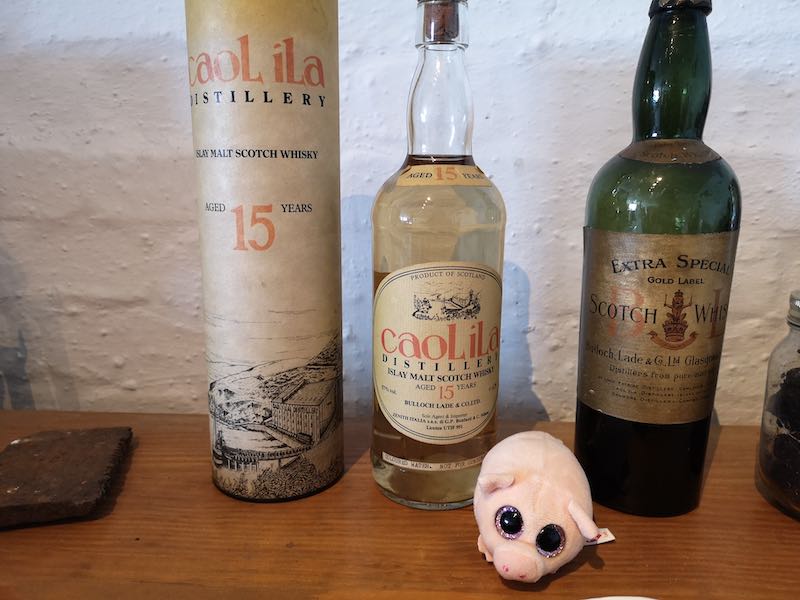
Curly was really excited too!
Unfortunately, we needed to clear the room for the next tour before we could ask more about these bottles. Nevertheless, it was really enjoyable despite the disappointment of not being able to visit the mash tuns and the washbacks.
Return to reality
Exiting the Tasting Room carrying our drams, we went back to the shop just to meet yet another group of disappointed visitors who did not pre-book their tours. This group was unhappy when they saw us coming back, and some heated arguments started between the unhappy group and the team at the shop. Thankfully, our guide arrived in time, and she stopped the commotion.
As for us, we quickly side-stepped the incident by moving deeper into the shop to look at the bottles available.
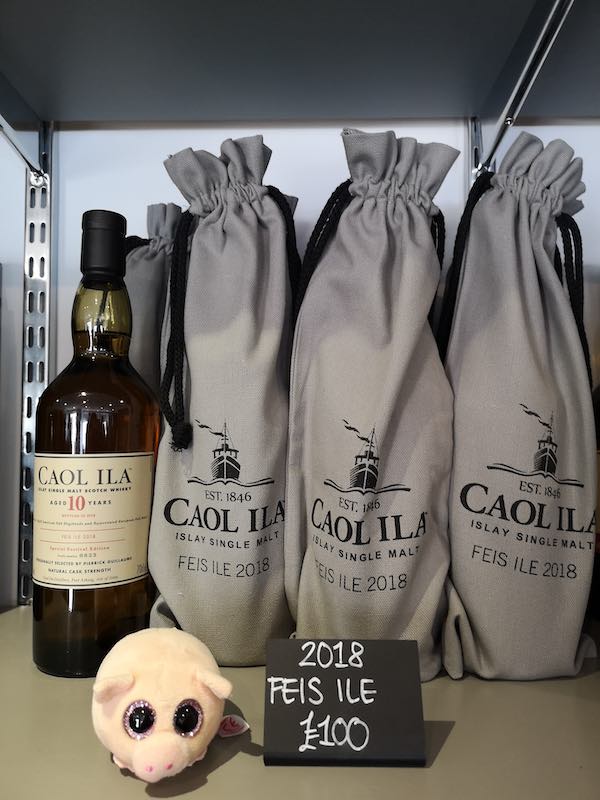
Feis Ile 2019
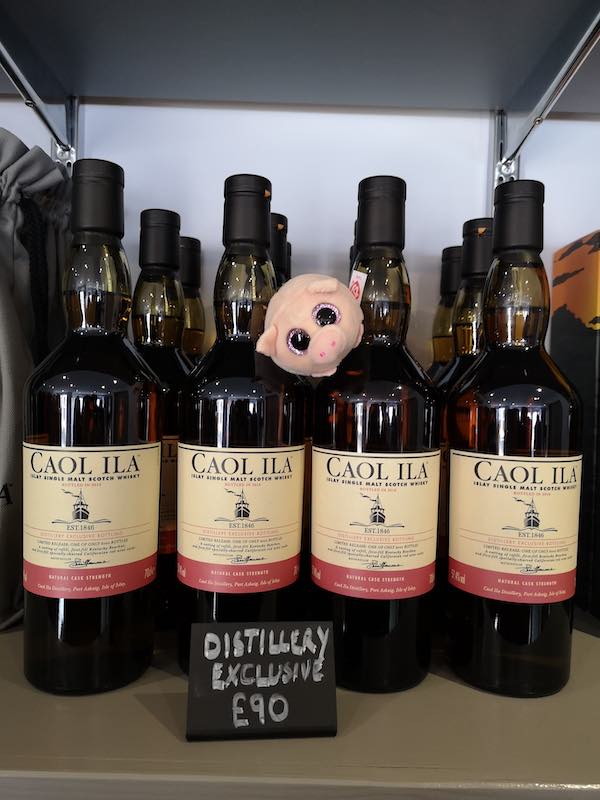
Distillery Exclusive
It was disappointing that these were the best bottles on offer at the distillery, and the rest were the core range. As we had already tried the two expressions during the tour, we did not buy them home. All we did was to buy a super nice Caol Ila Down Jacket instead!
Saying Good-Bye to Islay
Our travels on Islay is over, folks! Caol Ila was the last distillery that we visited so we will be starting other articles from next week. Our team did visit Bruichladdich for a tour, but because we wrote a lot of articles on Bruichladdich previously, we decided to omit the tour unless our readers request for it!
We did not go on tours at Bowmore, Lagavulin and Bunnahabhain because we couldn’t make time for it. However, we visited their shops and bars to purchase bottles and drinks! This omission also meant that we have another excuse to go back to Islay in future!
WhiskyGeeks hopes that you had a lot of fun touring Islay with us! Stay with us, though! There will be more interesting articles coming up. 😀

